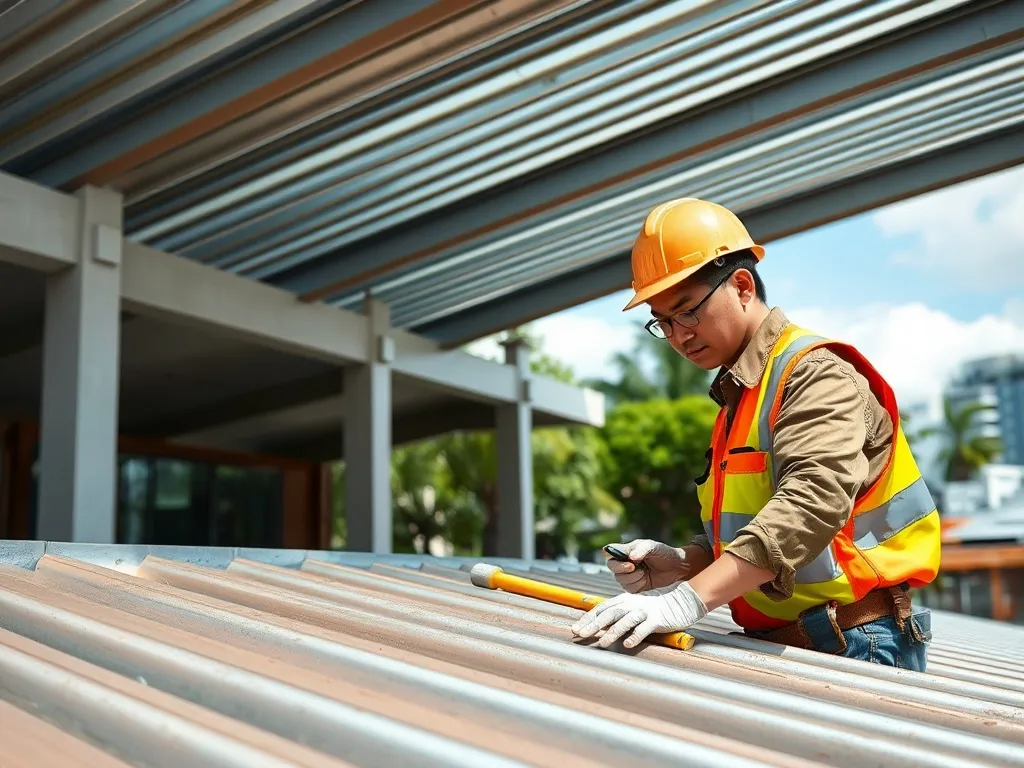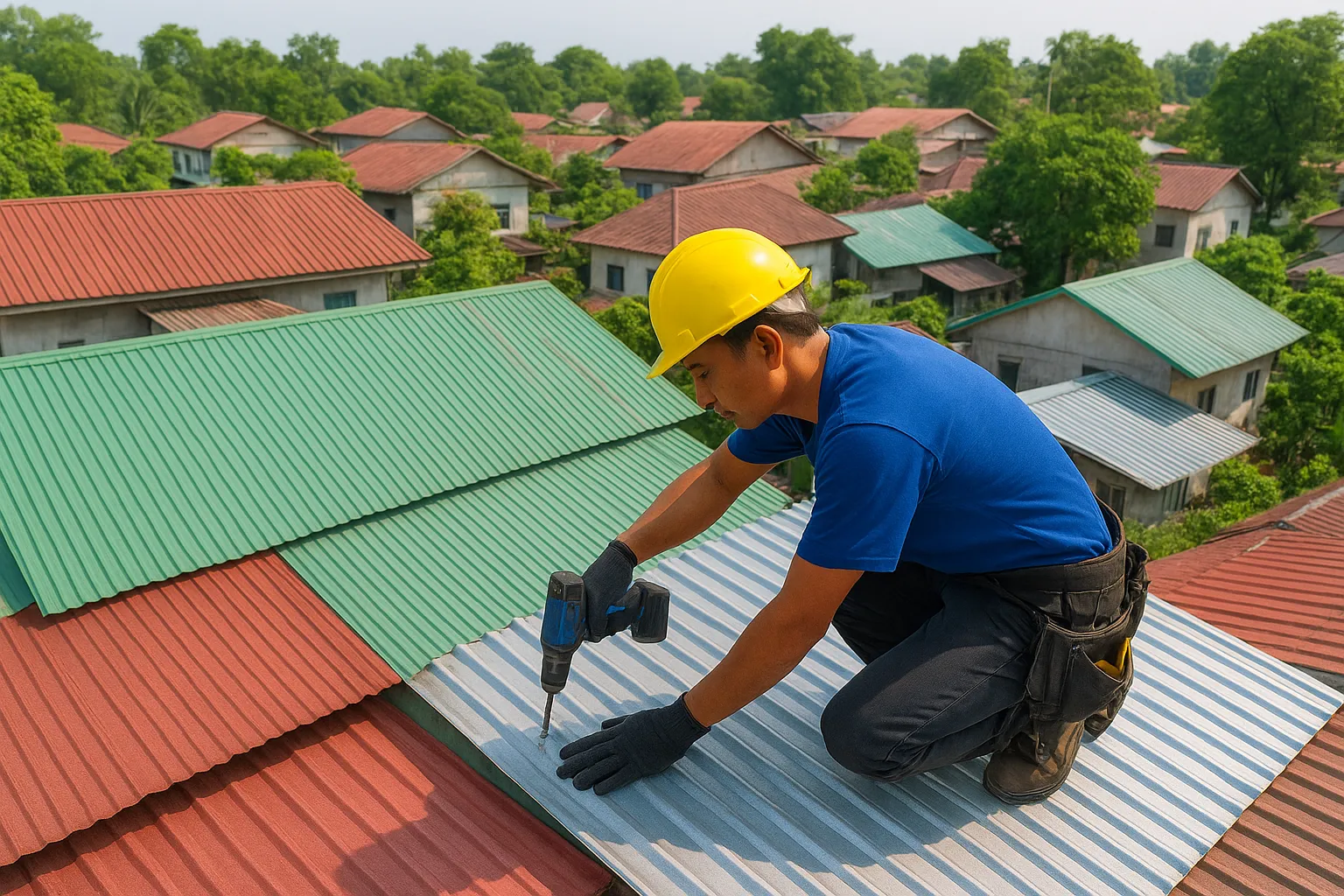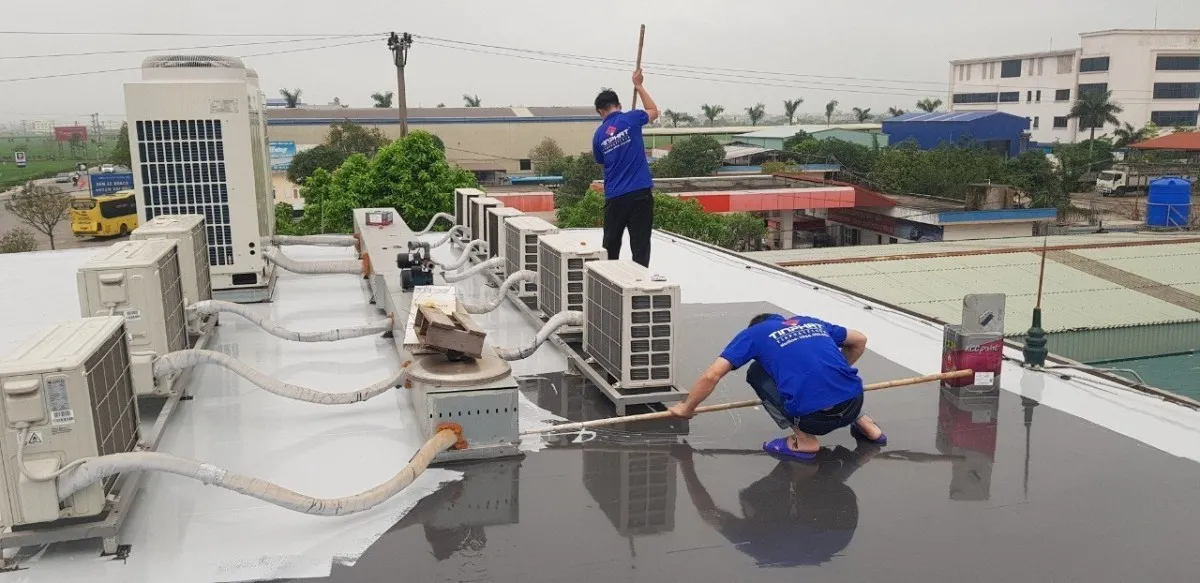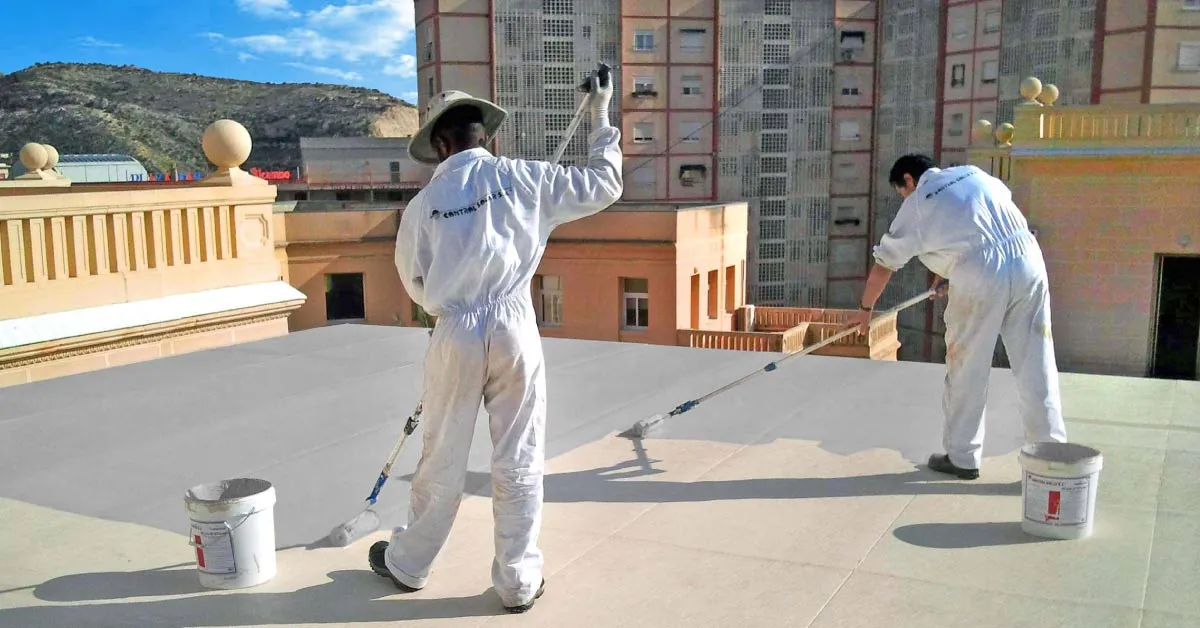Energy-Efficient Windows and Doors: Save Money and Stay Comfortable
In today’s world, where energy costs are rising and environmental concerns are growing, homeowners are increasingly looking for ways to reduce their energy consumption without sacrificing comfort. One of the most effective solutions lies in upgrading to energy-efficient windows and doors. These modern designs not only help you save money on utility bills but also improve indoor comfort, reduce noise, and increase the value of your property. This article explores the importance of energy-efficient windows and doors, their benefits, and how to choose the right options for your home.
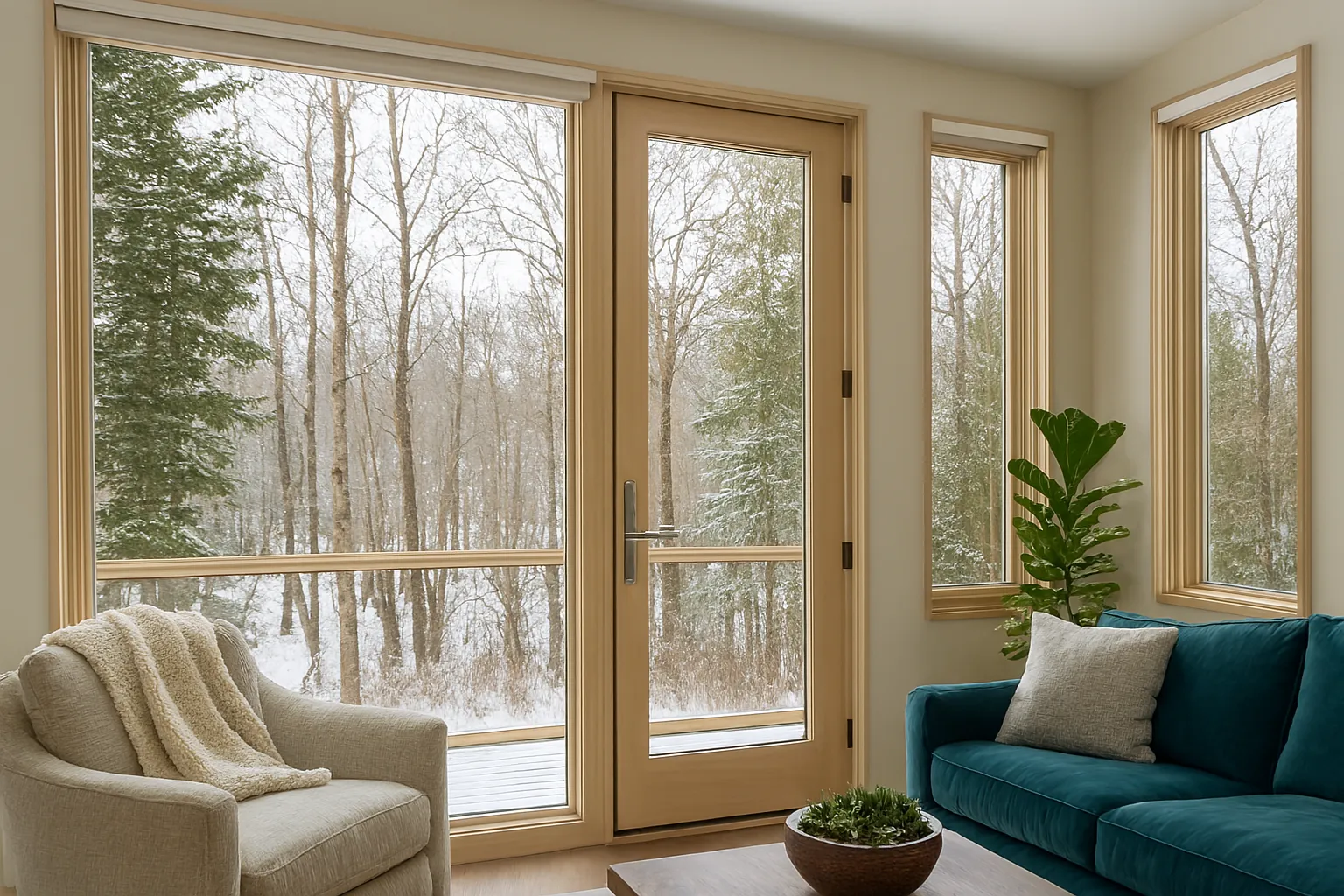
The Evolution of Windows and Doors
Windows and doors have come a long way from being simple openings in walls. In the past, they were primarily designed for ventilation and access. However, as technology advanced, the role of windows and doors expanded to include insulation, security, and energy efficiency.
Today, energy-efficient windows and doors are engineered with advanced materials such as low-emissivity (Low-E) glass, insulated frames, and multiple glazing layers. These innovations help reduce heat transfer, keeping homes warmer in winter and cooler in summer.
From Function to Efficiency
Originally, windows and doors were functional rather than efficient. Over time, the demand for comfort and sustainability led to the development of products that balance aesthetics with performance.
Why Energy Efficiency Matters
Energy efficiency is no longer just a buzzword - it’s a necessity. With rising energy costs and climate change, homeowners are under pressure to reduce their carbon footprint. Installing energy-efficient windows and doors is one of the most impactful steps you can take.
According to studies, nearly 30% of a home’s heating and cooling energy can be lost through inefficient windows and doors. By upgrading, you can significantly cut down on wasted energy and lower your monthly bills.
Environmental Benefits
- Reduced greenhouse gas emissions
- Lower reliance on fossil fuels
- Contribution to sustainable living
How Energy-Efficient Windows Work
The science behind energy-efficient windows is fascinating. They are designed to minimize heat transfer while maximizing natural light. This is achieved through technologies like Low-E coatings, gas fills, and multiple glazing layers.
For example, Low-E glass has a microscopically thin coating that reflects infrared energy, keeping heat inside during winter and outside during summer. Argon or krypton gas fills between panes further reduce heat transfer.
Key Features of Energy-Efficient Windows
- Double or triple glazing
- Low-E coatings
- Insulated frames
- Gas-filled panes
How Energy-Efficient Doors Work
Just like windows, energy-efficient doors play a crucial role in maintaining indoor comfort. They are built with insulated cores, weatherstripping, and durable materials that prevent air leakage.
Modern doors often use fiberglass, steel, or wood composites combined with insulation layers. This ensures that they not only look stylish but also perform exceptionally well in terms of energy savings.
Types of Energy-Efficient Doors
- Fiberglass doors with foam insulation
- Steel doors with thermal breaks
- Wood composite doors with weather-resistant finishes
Financial Benefits of Energy-Efficient Windows and Doors
One of the biggest advantages of upgrading to energy-efficient windows and doors is the financial savings. While the initial investment may seem high, the long-term benefits far outweigh the costs.
Homeowners can save up to 15–25% on their annual heating and cooling bills. Additionally, many governments and utility companies offer rebates and tax incentives for installing energy-efficient products.
Return on Investment (ROI)
Not only do you save money on energy bills, but energy-efficient upgrades also increase your home’s resale value. Buyers are willing to pay more for homes with modern, sustainable features.
Comfort and Lifestyle Improvements
Beyond financial savings, energy-efficient windows and doors enhance your overall comfort. They help maintain consistent indoor temperatures, reduce drafts, and minimize outside noise.
For families living in busy urban areas, noise reduction is a major benefit. High-performance windows and doors can block up to 70% of external noise, creating a peaceful indoor environment.
Additional Comfort Benefits
- Improved indoor air quality
- Reduced condensation and mold growth
- Better natural lighting without heat gain
Choosing the Right Energy-Efficient Windows
When selecting energy-efficient windows, it’s important to consider factors such as climate, orientation, and budget. For colder climates, triple-pane windows with argon gas are ideal. In warmer regions, Low-E coatings that block solar heat gain are more effective.
Look for certifications like ENERGY STAR® and NFRC ratings, which indicate the product’s performance in terms of U-factor (insulation) and Solar Heat Gain Coefficient (SHGC).
Popular Window Styles
- Casement windows
- Double-hung windows
- Sliding windows
- Picture windows
Choosing the Right Energy-Efficient Doors
Just like windows, choosing the right energy-efficient doors depends on your home’s design and climate. Entry doors, patio doors, and sliding glass doors all have different performance requirements.
For maximum efficiency, ensure that doors are properly sealed with weatherstripping and that frames are insulated. Glass doors should feature double or triple glazing with Low-E coatings.
Door Selection Tips
- Check ENERGY STAR® labels
- Choose insulated cores
- Ensure proper installation
Installation and Maintenance
Even the best energy-efficient windows and doors won’t perform well if they are poorly installed. Professional installation ensures airtight seals and proper alignment, preventing air leaks and energy loss.
Maintenance is equally important. Regularly check seals, weatherstripping, and frames for wear and tear. Cleaning glass surfaces and lubricating moving parts will extend the lifespan of your investment.
Maintenance Checklist
- Inspect seals and caulking annually
- Clean glass with non-abrasive solutions
- Lubricate hinges and locks
- Replace damaged weatherstripping
The Future of Energy-Efficient Windows and Doors
The future of energy-efficient windows and doors looks promising, with innovations such as smart glass, dynamic shading, and integrated solar panels. These technologies will further reduce energy consumption while enhancing convenience.
For example, smart windows can automatically adjust their tint based on sunlight, reducing glare and heat gain. Solar-integrated windows can even generate electricity, turning your home into a mini power station.
Emerging Trends
- Smart glass technology
- Solar-powered windows
- Advanced insulation materials
Conclusion
Upgrading to energy-efficient windows and doors is one of the smartest investments you can make for your home. Not only will you save money on energy bills, but you’ll also enjoy improved comfort, reduced noise, and a smaller carbon footprint. With the right choices and proper installation, these upgrades can transform your living space into a more sustainable, comfortable, and valuable property. As technology continues to advance, the future of energy-efficient home design looks brighter than ever.

